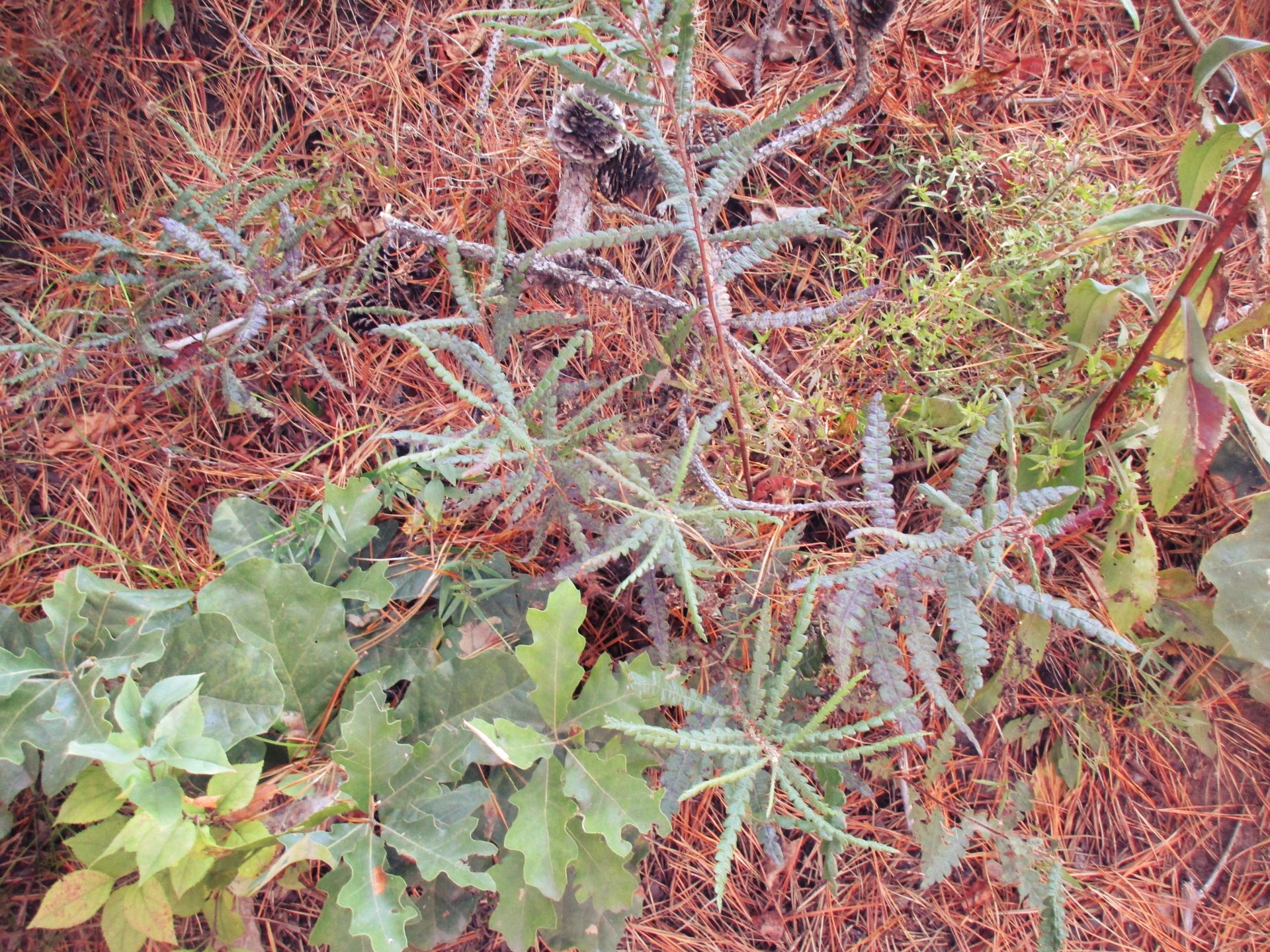ALBANY: Eighteen supporters of Save the Pine Bush attended the Appelate Division oral argument in the case about the proposed hotel in the Pine Bush in May. Attorney Steve Downs argued the case for Save the Pine Bush.
Save the Pine Bush won the case in Supreme Court. The City of Albany had asked the Court to dismiss our case saying that we did not have standing or the right to sue. The Supreme Court judge noted the “passion” Save the Pine Bush had for the Pine Bush and granted us standing.
Despite the Albany Common Council asking the City’s corporation counsel not to pursue an appeal, the City has appealed Save the Pine Bush’s win, and is also appealing the court decision giving Save the Pine Bush standing to sue, saying that members of Save the Pine Bush are not harmed, and that they do not suffer any harm different than the public at large (requirements of standing from the Society of Plastics Court of Appeals decision in 1991).
Steve Downs argues “When the enforcement of SEQRA is limited to those who are directly adversely affected by the harm (as required in the Clifton Park case), no person has standing to enforce SEQRA where the harm does not affect any human being but only a wild species or natural resource. . . . Thus even if a person lived in “close proximity”, and could somehow prove to be “adverse affected” by harm to a public wild species or natural resource, it would always be impossible by definition to show that this adverse affect was different from that of the public as a whole . . . The Court of Appeals in the Plastics case described the “large pool of potential plaintiffs” who meet the Court’s standing restrictions “with no compromise of the court’s commitment to the enforcement of SEQRA.” (Society of Plastics, supra at 779). Where is this large pool of plaintiffs in the present case under the Clifton Park rules? What potential plaintiffs are available in the Pine Bush to uphold the court’s commitment to the enforcement of SEQRA? If the plaintiffs in the present case do not have standing, can the court identify even one such potential plaintiff who would? Or is this Court no longer committed to the enforcement of SEQRA?”
Published in the July/August 2008 Newsletter
